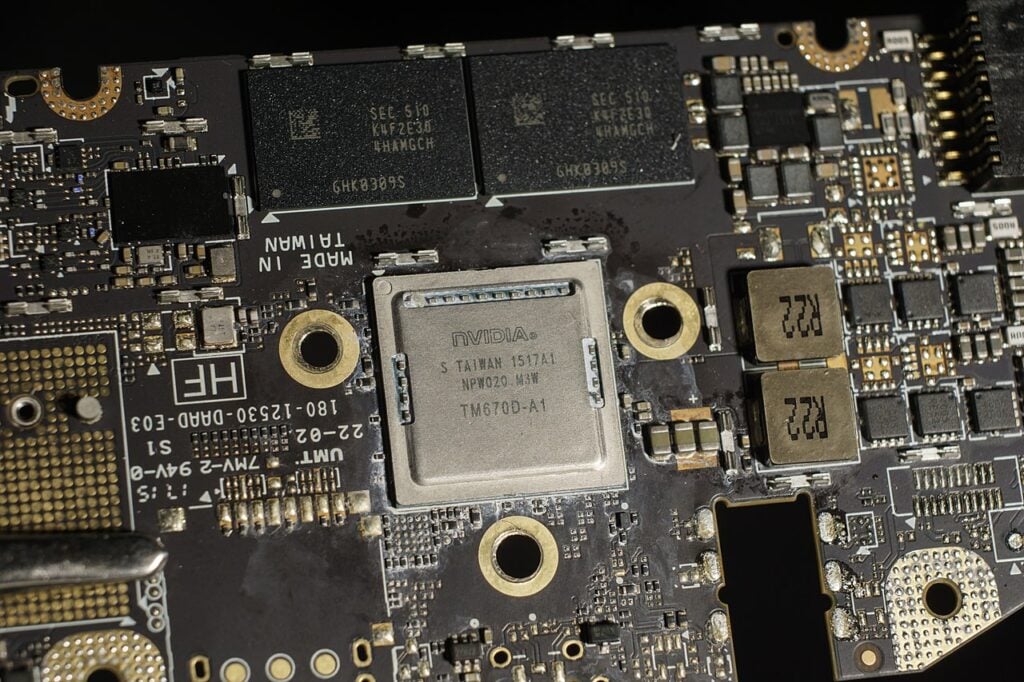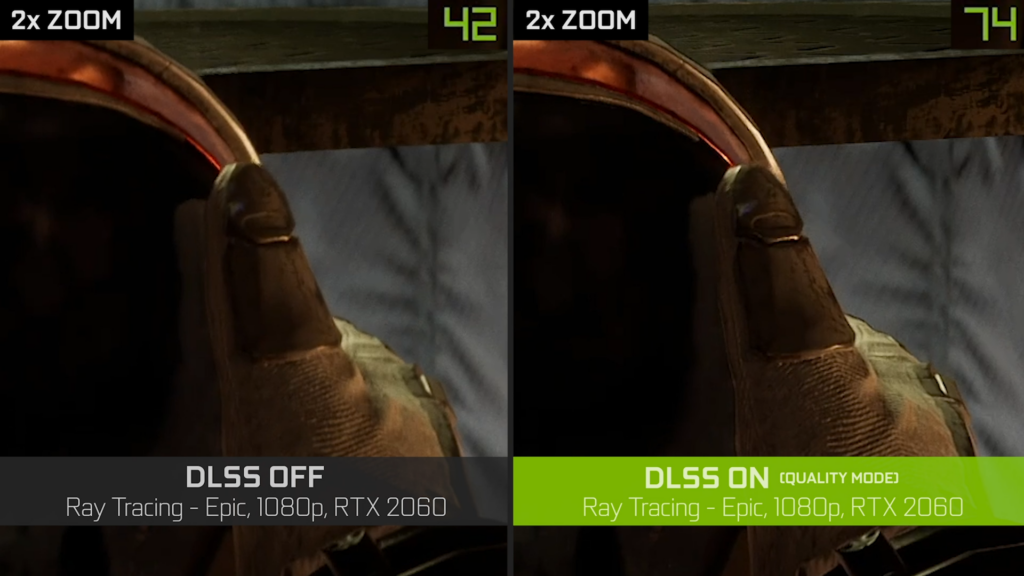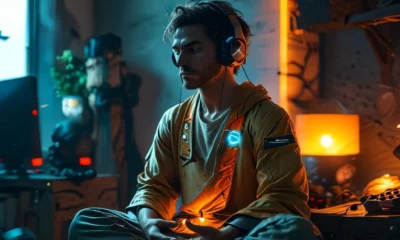Culture
Switch 2: Suspected Features and What’s Next for Nintendo
Switching up the next system.

The Switch 2 has been in rumors for what feels like an eternity, the ever-present specter haunting Nintendo’s current generation console as early as 2018. Whether its guise was the Switch Pro, Super Switch, Switch 2, or New Super Switch U with Knuckles, the sequel to what is now Nintendo’s best-selling home console has always been just out of reach, interesting enough to stoke speculation, but never present enough to warrant a closer examination.
Well, enough with the ever-present rumors. We’re here to look at what exactly the sequel to the Switch could offer, what possibilities it could entail, and what it could be targeting. This is all just speculation at its finest and my uncle doesn’t work at Nintendo and my friend doesn’t clean Mr. Furukawa’s house.
Just keep in mind this is all what might be and definitely not what is.
The Underlying Technology
The Switch was designed with Nvidia’s Tegra X1 GPU, the original chip behind the Nvidia Shield TV, and based on the Maxwell GPU architecture, which made its debut all the way back in 2014. It shipped with 4 ARM Cortex-A57 cores clocked at 1.02 GHz, 4 GB of LPDDR4 RAM, and a relatively low performance threshold.

While the Switch ostensibly targets 720p in handheld mode and 1080p docked, as the Switch has aged, both internal and external developers have relied more heavily on technologies like temporal super-resolution and TAA to boost resolution and improve performance. 2022’s Xenoblade Chronicles 3 used temporal super-resolution to boost a dynamic internal resolution that targets 540p in docked mode to 1080p and 360p in handheld mode to 720p. This has worked well for games targeting last gen PS4 and Xbox One as their baseline, but as games move onto using the Xbox Series S as their baseline, the Switch’s GPU limitations are becoming more apparent during each release.
DLSSavior?
Enter DLSS. Long a buzzword surrounding Switch’s successor, DLSS is not, as expected, a be-all, end-all for the Switch’s GPU woes. While DLSS does, indeed, work well to bring low internal resolutions up to a higher resolution total and Nintendo has used AMD’s similar FSR technology in Splatoon 3, DLSS opens up an entirely new category of issues and concerns for Nintendo’s next generation system.
First, DLSS does work well, even at 1080p, as Digital Foundry showed in their analysis of Control at 1080p back in 2020. However, DF was using an RTX 2060 as their baseline in that comparison, a GPU that is significantly more powerful than the current Switch and above the power envelope of a suspected “Switch 2.” It remains to be seen how well DLSS would work on a mobile chipset, where the overall rasterization performance is much lower than on competing desktop and laptop-class hardware.

Secondly, the other competing consoles use AMD-based hardware based on AMD’s RDNA 2 series of GPUs. While it’s easy to imagine Nintendo’s first party studios using DLSS to improve performance on games that are exclusive to Switch 2, it is equally unlikely to imagine third party studios falling over themselves to implement this feature only for the Switch, especially when software buyers haven’t been particularly picky themselves.
Finally, Nintendo doesn’t, from a marketing perspective, really need to challenge Microsoft and Sony’s pursuit of 4K or 120fps. Switch games that rendered at 1080p or above and maintained at least a comfortable 30fps on most titles would be more than sufficient enough for a handheld. Most 4K TVs scale 1080p to 4K very well and, if there’s one thing that the success of the Steam Deck has illustrated, it’s that portability covers a multitude of graphical and framerate shortcomings.
To the Future
What does that leave us with Switch 2? The biggest issue, one that seems to simultaneously be on everyone’s and no one’s mind at the same time, is how Nintendo will manage to negotiate the change in generations. While backwards compatibility has been a mainstay of most Nintendo home consoles since the Wii and available for at least the previous generation on handhelds, they’ve never negotiated these transitions particularly well.
In the console space, Wii to Wii U was an unmitigated disaster, with the latter selling barely more than 10% of the Wii’s original sales. DS to 3DS, while better, still struggled mightily, dropping by nearly half.

Nevertheless, Nintendo has never seen a console sell as well throughout its entire lifespan as it has with Switch—both Wii and DS were frontloaded phenomena—and that momentum might very well transition into the next generation better than expected.
If anything is for certain, it’s that change is endemic in the games industry. Looking back ten years ago, from 2013 who would have thought that Valve would make a handheld or that Nintendo, mired in the Wii U’s disastrous launch, could ever recover and take its place as the most popular game console once again?
Looking back even seven years ago, to 2016, when the Switch was just the NX, Nintendo fans were still mourning the loss of Satoru Iwata, and Nintendo itself seem paralyzed and helpless, who would have seen the way things have turned out?
I know I certainly wouldn’t have.

-

 Features4 weeks ago
Features4 weeks agoDon’t Watch These 5 Fantasy Anime… Unless You Want to Be Obsessed
-

 Culture3 weeks ago
Culture3 weeks agoMultiplayer Online Gaming Communities Connect Players Across International Borders
-

 Features4 weeks ago
Features4 weeks ago“Even if it’s used a little, it’s fine”: Demon Slayer Star Shrugs Off AI Threat
-

 Features2 weeks ago
Features2 weeks agoBest Cross-Platform Games for PC, PS5, Xbox, and Switch
-

 Game Reviews4 weeks ago
Game Reviews4 weeks agoHow Overcooked! 2 Made Ruining Friendships Fun
-

 Features2 weeks ago
Features2 weeks agoThe End Is Near! Demon Slayer’s Final Arc Trailer Hints at a Battle of Legends
-

 Features3 weeks ago
Features3 weeks ago8 Video Games That Gradually Get Harder
-

 Features3 weeks ago
Features3 weeks agoDon’t Miss This: Tokyo Revengers’ ‘Three Titans’ Arc Is What Fans Have Waited For!
-

 Guides2 weeks ago
Guides2 weeks agoHow to buy games on Steam without a credit card
-

 Game Reviews4 weeks ago
Game Reviews4 weeks agoHow Persona 5 Royal Critiques the Cult of Success
-

 Game Reviews2 weeks ago
Game Reviews2 weeks agoFinal Fantasy VII Rebirth Review: A Worthy Successor?
-

 Uncategorized3 weeks ago
Uncategorized3 weeks agoSleep Meditation Music: The Key to Unwinding






